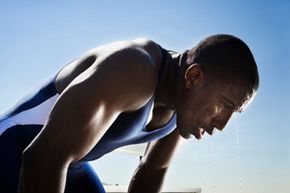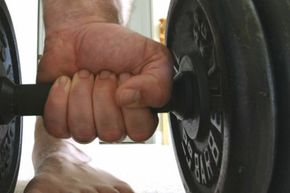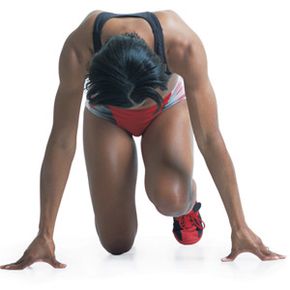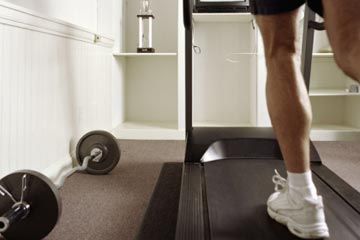If you live in the United Kingdom, Australia or New Zealand, chances are you've heard of Powerbag training. It combines principles of resistance training and sport-specific conditioning -- even for runners. British sports psychologist Dr. Mark Bellamy designed Powerbags to suit the workout needs of anyone from children at school to military personnel in the combat zone. Since 2003, people have being using the patented training tool to increase the effectiveness of weightlifting or callisthenic movements. Athletes can also use the weighted bags as part of workouts on the track, field or court [source: LeisureLines GB Ltd].
A Powerbag looks like a cross between a punching bag used by boxers and a duffel bag with two carrying straps -- one on each end. Filled with sand, Powerbags come in various sizes, ranging from 6.6 pounds (3 kilograms) to 110.2 pounds (50 kilograms.) Although you'd probably get in big trouble for dropping iron weights at the gym, you can throw or drop a Powerbag on purpose without damaging property or smashing someone's fingers or toes. If you're traveling, you can empty the contents and fold up the bag, then refill it with a plastic sack of sand when you get to your destination.
Advertisement
Three branches of the U.K. military including the Royal Army, Navy and Air Force have formally adopted Powerbag training into their physical training programs. Their troops serving in Iraq and Afghanistan use Powerbags to work out wherever and whenever they can. Many fitness trainers and gyms in Europe offer exercise sessions using Powerbags, and rugby, soccer, martial arts and swimming teams are using them as well [sources: Navy News , SPSS, Ltd.].
Stride over to the next page to learn more about Powerbag training benefits for runners.
Advertisement





